
 Textiles Marketplace, NC State Dining Branding Project GD 301 Branding, Interaction, & Service Design
Deni Lewis and Keya Shanbhag
Textiles Marketplace, NC State Dining Branding Project GD 301 Branding, Interaction, & Service Design
Deni Lewis and Keya Shanbhag

contents Introduction Wilson College of Textiles Branding Brand Identity Colors & Typefaces Patterns Signs & Wayfinding Packaging Signage Menu 1 2 4 5 6 7 8 Elements Interior Elements Student Showcase Historical Timeline Order and Pick-up Design Process 12 14 15 16 18
introNorth Carolina State University’s Wilson College of Textiles has a deep-rooted history dating back to the early 1900s. The College is a small community of students and faculty tied together by their passions for textile production, design, and distribution. This group of like-minded individuals facotrs into the larger NC State University population.
This proposal is to re-brand the current Port City Java and C-Store spaces in the College of Textiles into a combined marketplace space called the Shuttle Inn. This marketplace will serve as a space for students, faculty, and other customers on the NC State Centennial Campus, who need a space to study, socialize, and form a community.

Wilson College of Textiles
The Wilson College of Textiles has been home to some of the country’s most innovative textile creations and technologies and has provided an educational foundation for many in the industry. From its first classes in Holladay Hall in the early 1900’s to the revolutionary programs of today, attendees have always had community through their classess and the spaces of this prestigious program.

The historic locations and buildings of the College contribute greatly to its unique identity. Of those spaces, the Shuttle Inn, a cafeteria in the 20th century at the College of Textiles, gave students and faculty a place to socialize and make lasting memories with their peers. It was where they could share inspirations and ideas about their work and provided a space of comfort and solace for everyone.

Brand Identity
Shuttle Inn was the name of a marketplace located in the College of Textiles at NC State during the middle of the 20th century. We felt that honoring the original’s legacy was best for representing the college’s past and continuous growth.

The re-introduction of Shuttle Inn, in combination with a more competitve curriculum added around this time, elevated the College of Textiles to a higher educational status. For this reason, Shuttle Inn stands as a symbol for the College’s legacy, prestige, community, and future towards innovation.

2
Shuttle Inn plaque from the original store in 1948
Primary DarkPrimary Light Wide DarkWide Light




3
Colors
The Shuttle Inn colors were chosen to represent the four key values of the brand: Artistry, Academics, History, and Legacy. All of these values contribute to the success of the Wilson College of Textiles and its students.
SECONDARYPRIMARY
Artisty and Academics, the two primary brand values, are the forces that drive innovation in the programs of the Wilson College of Textiles.
The two secondary values, History and Legacy, provide the backbone for the College and aim to remind its members of the efforts of those in the past.
Neutraface Demi Mr Eaves Mod OT Typefaces
These geometric sans serif typefaces pay homage to typefaces prevalent in the mid-20th century.
DISPLAY
BODY TEXT
4
Patterns
The patterns created from the logo emulate the weaving technique of merging fibers together to form fabric.


The pattens would be printed onto furniture throughout the market to aid in creating a branded space.

5
Packaging
All packaging would be made of paper to be both cost-effective and sustaiable. Packaging includes paper bags, paper cups, and cardstock labels.


6
Signage
The signage throughout Shuttle Inn reflects its historical focus and is indicative of the Wilson College of Textiles in its materials.


Signs are both informative and artistic, with cloth and wooden materialsw. Motifs inspired by the logo can be found throughout the signage.

7
Menu Drink Menu
The menu would feature an array of traditional cafe and market items as well as items exlcusive to Shuttle Inn.
Customers can look at double-sided 8.5x11 menus or look at an overheard display menu as they order.

10 8
Food Menu
The menu items are left blank at this stage in the brand-creation process to leave further room for development. A variety of categories are offered as inspiration for a diverse array of market goods to come.
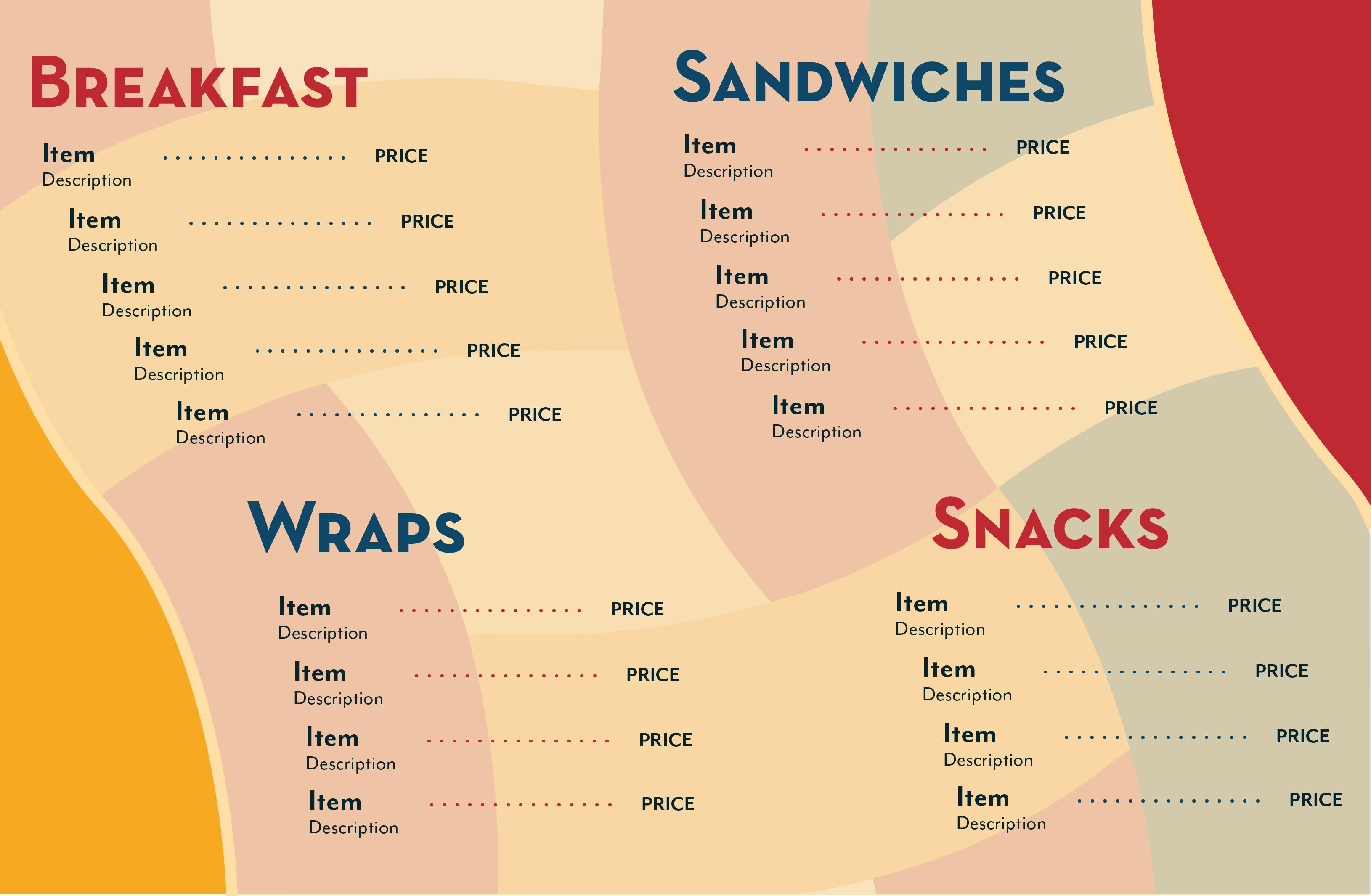
9
Floor Plan
The Shuttle Inn marketplace space will have two indoor areas and one outdoor area for customers to order, eat/drink, and socialize. Customers can grab snacks, frozen foods, and order items from the marketplace menu at the order counter before settling down in the seating areas.

If they are in a hurry or have already ordered online, customers can pickup their to-go order off the pick-up shelf and head out the door.
CURRENT
INSIDE SEATING AND OUTDOOR PATIO SPACES.

10

11
Interior Elements

Interior elements of the space include wooden furniture and shelves, woven textiles (lampshade, sofa, pillows), and wood stains.


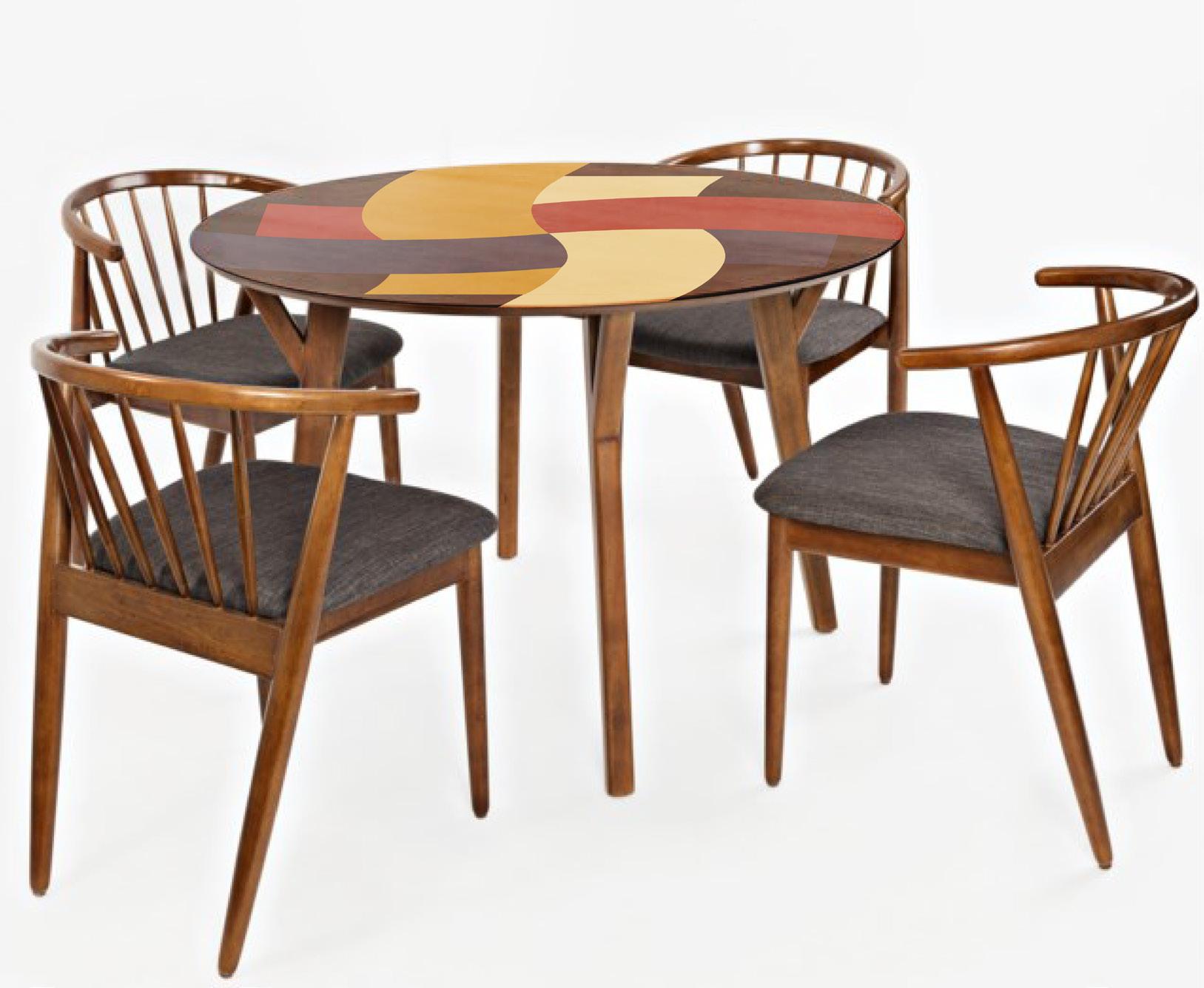


12
A wooden door with our Shuttle Inn branding will pose as a rememberance to the past College of Textiles building, Nelson Hall. This door will be located to the right of the seating lounge to be used by customers going from the transactions and food area to seating.
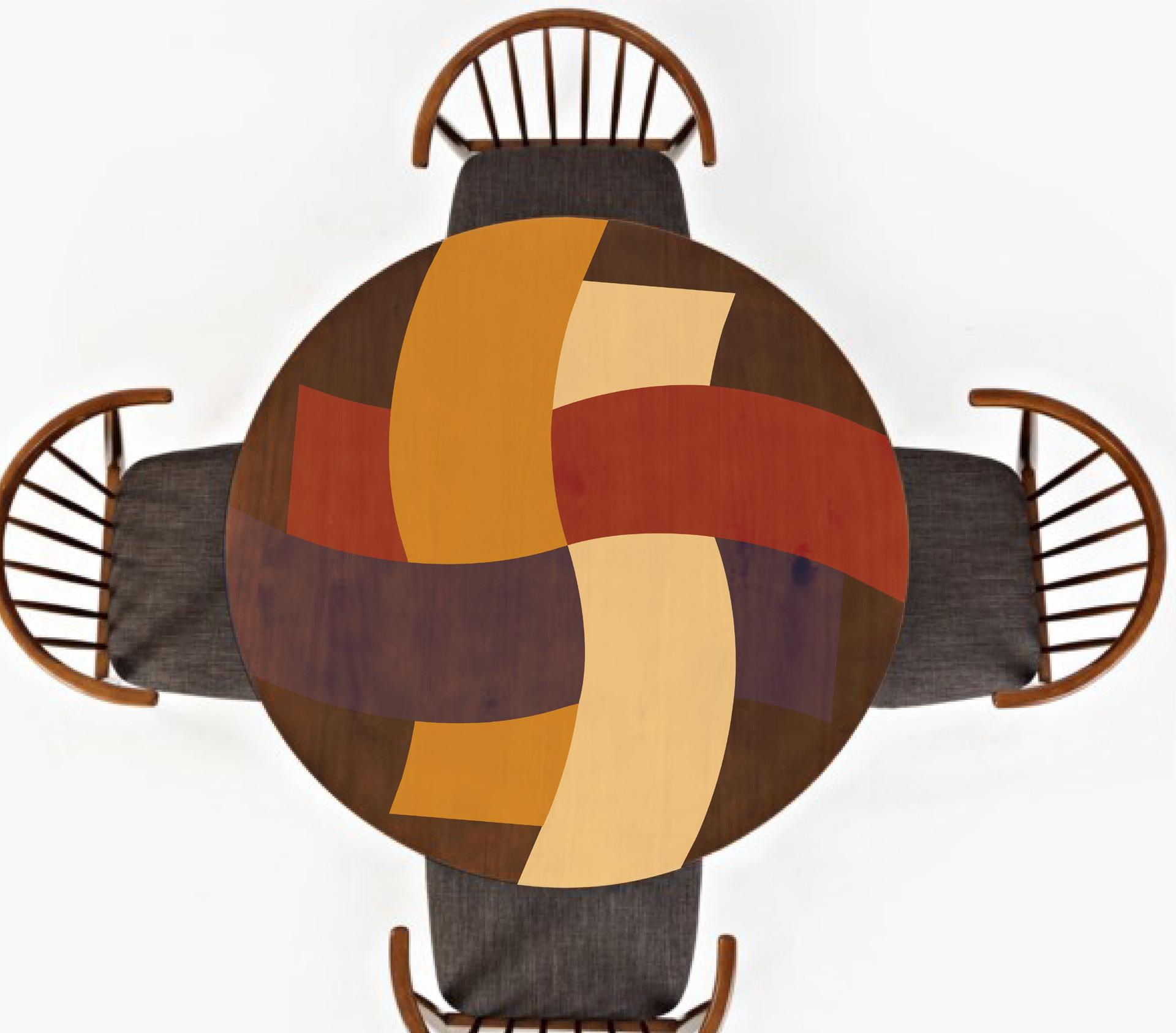


 Current Shuttle Inn Door
Current Shuttle Inn Door
Student Showcase
Surrounding the original Shuttle Inn plaque, artwork from Textiles students would be displayed. The combination of both past and present symbols would tie connect current students to the overall history of the College.
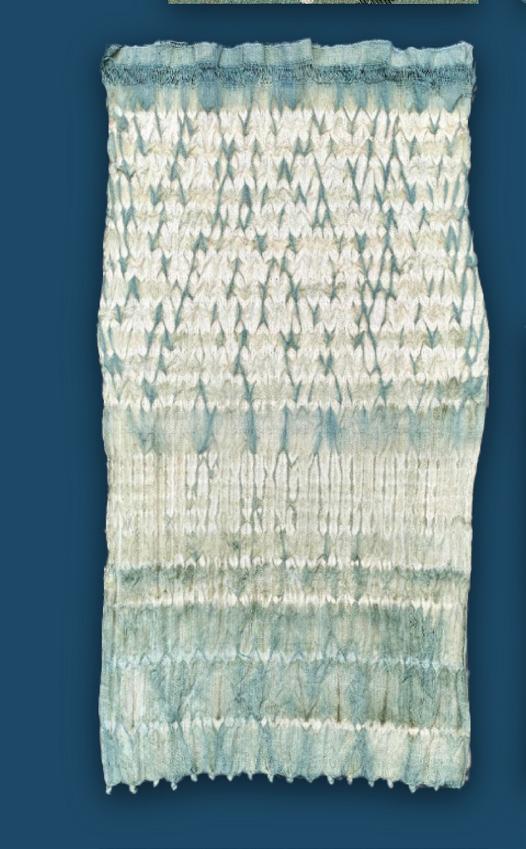

TimelineThe marketplace centers around the idea of bringing the Wilson College of Textile’s history into the space and making customers aware of its overa-century of milestones it has passed through to become the College it is today. To commerate its history, there will be a wall display with photos and descriptions of these events.

14



15
Ordering




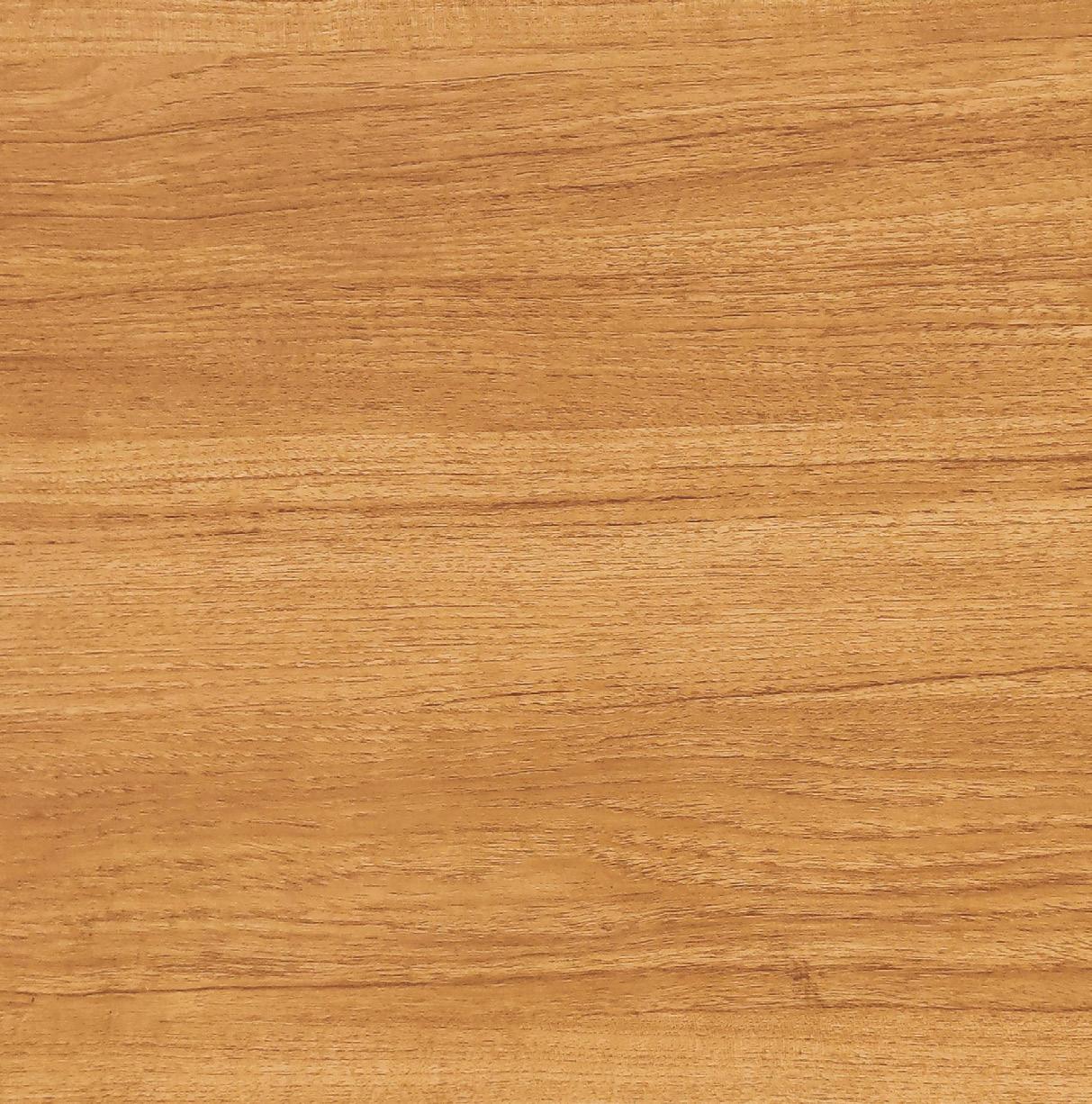




Customers can place their orders at the counter with an employee. Some items can be delivered to customers instantly from inside of the display counter, while others would be prepared by employees behind the counter at the prep station.



16
Pick-up


If a customer placed a mobile order via GrubHub, they would pick up their order at the rapid-pickup mobile order counter. This allows for less foot traffic around in-store ordering.

17
Design Process


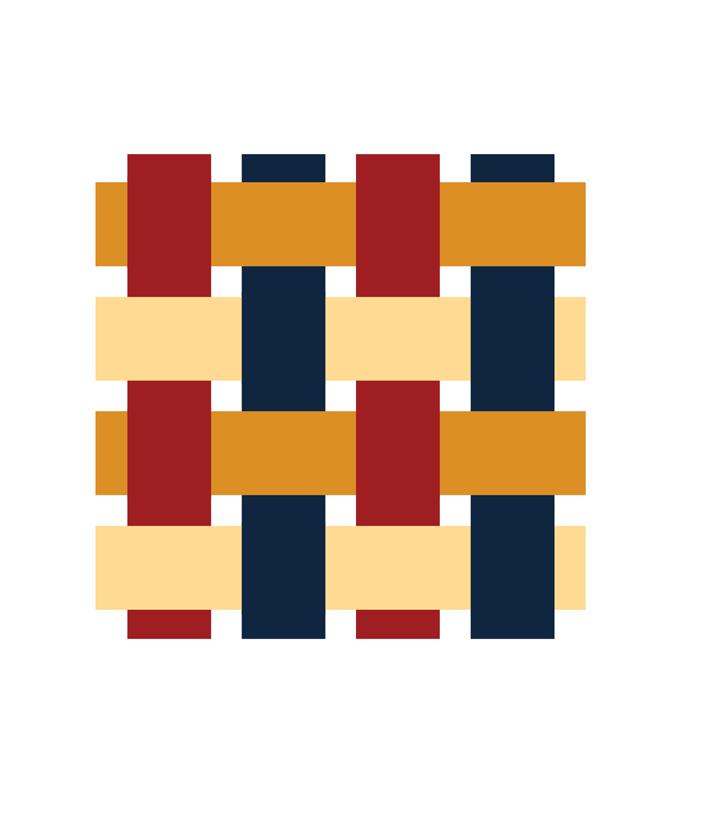

The process of creating the Shuttle Inn brand began with inspiration from the interlocking patterns of woven fabrics and transformed over time into the logo we now see today. Miro was an important tool for group collaboration and file sharing during the entirety of our design process. Overall, our success was aided by our willingness to spend time working together outside of studio hours and our adaptability to critiques over the course of the project.

18




 Textiles Marketplace, NC State Dining Branding Project GD 301 Branding, Interaction, & Service Design
Deni Lewis and Keya Shanbhag
Textiles Marketplace, NC State Dining Branding Project GD 301 Branding, Interaction, & Service Design
Deni Lewis and Keya Shanbhag

































 Current Shuttle Inn Door
Current Shuttle Inn Door



























